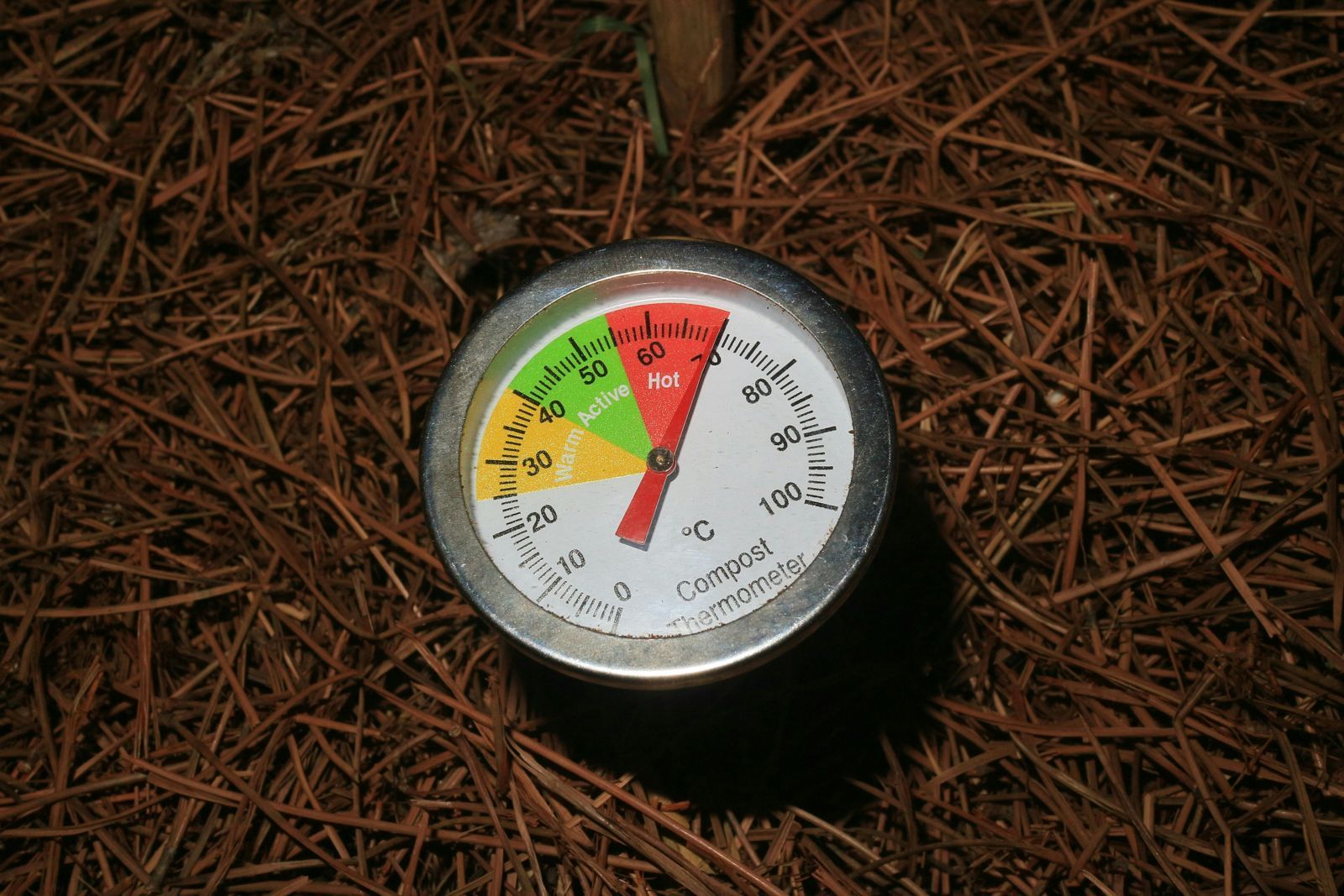Climate-Friendly Comfort: Air Source Heat Pumps and the Net Zero Goal
Air source heat pumps (ASHPs) are crucial in the transition towards net zero homes. These innovative heating and cooling systems are becoming increasingly popular due to their energy efficiency and ability to reduce carbon emissions significantly.
How ASHPs Work
ASHPs extract heat from the outside air and transfer it indoors, even in cold temperatures. This reversible process allows the system to provide heating and cooling. ASHPs are incredibly efficient because they use electricity to move heat rather than generate it directly.
Energy Efficiency and Carbon Reduction
Energy efficiency is at the heart of net zero homes, and ASHPs excel in this area:
- ASHPs can be 300-400% efficient, producing 3-4 units of heat for every unit of electricity used.
- When powered by renewable electricity, ASHPs can provide carbon-neutral heating and cooling.
- They significantly reduce reliance on fossil fuels for home heating.
Integration with Renewable Energy
ASHPs pair exceptionally well with
renewable energy systems:
- Solar panels can power ASHPs, creating a self-sustaining home energy system.
- This combination can lead to zero carbon emissions for heating and cooling.
Year-Round Comfort
Unlike traditional heating systems, ASHPs provide both heating and cooling functions:
- They offer a single solution for year-round temperature control.
- Modern ASHPs perform efficiently even in extreme temperatures.
Financial Benefits
While the initial investment may be higher, ASHPs offer long-term savings:
- Lower operating costs compared to conventional heating systems.
- Potential eligibility for government incentives and rebates.
- Increased home value due to energy-efficient upgrades.
Overcoming Challenges
As with any technology, there are challenges to consider:
- Proper sizing and installation are crucial for optimal performance.
- Some homes may require additional insulation to maximise efficiency.
- Education is needed to help homeowners understand and operate these systems effectively.
ASHPs are a key technology in achieving net-zero homes. By providing efficient, low-carbon heating and cooling, they offer a practical solution for homeowners looking to reduce their environmental impact while enjoying comfortable living spaces.
You might also like












